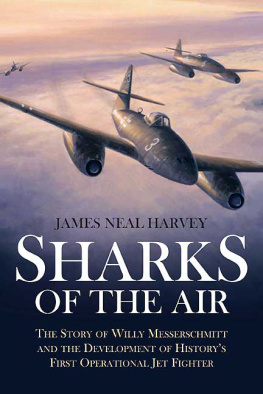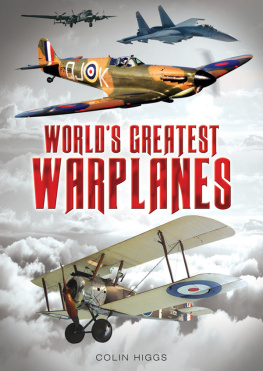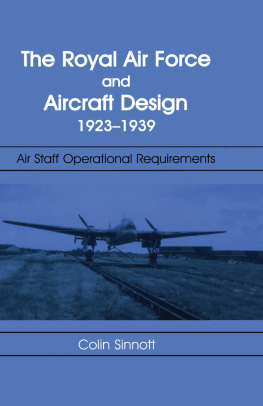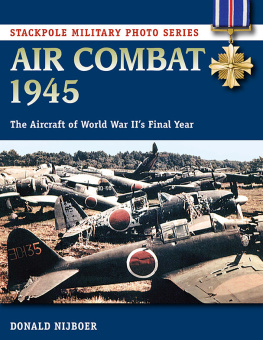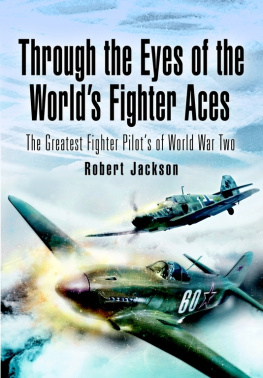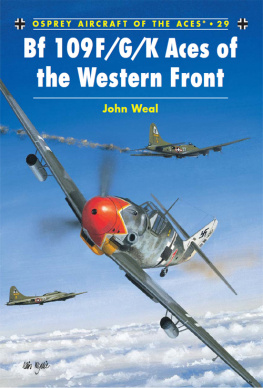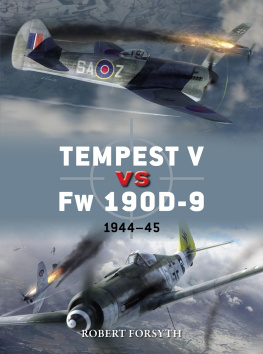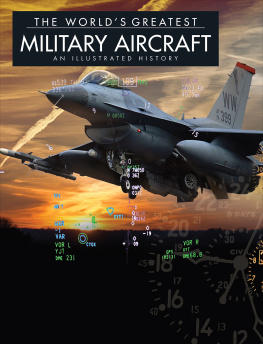James Neal Harvey - Sharks of the Air: Willy Messerschmitt and How He Built the Worlds First Operational Jet Fighter
Here you can read online James Neal Harvey - Sharks of the Air: Willy Messerschmitt and How He Built the Worlds First Operational Jet Fighter full text of the book (entire story) in english for free. Download pdf and epub, get meaning, cover and reviews about this ebook. year: 2011, publisher: Casemate Publishers (Ignition), genre: Non-fiction. Description of the work, (preface) as well as reviews are available. Best literature library LitArk.com created for fans of good reading and offers a wide selection of genres:
Romance novel
Science fiction
Adventure
Detective
Science
History
Home and family
Prose
Art
Politics
Computer
Non-fiction
Religion
Business
Children
Humor
Choose a favorite category and find really read worthwhile books. Enjoy immersion in the world of imagination, feel the emotions of the characters or learn something new for yourself, make an fascinating discovery.
- Book:Sharks of the Air: Willy Messerschmitt and How He Built the Worlds First Operational Jet Fighter
- Author:
- Publisher:Casemate Publishers (Ignition)
- Genre:
- Year:2011
- Rating:3 / 5
- Favourites:Add to favourites
- Your mark:
Sharks of the Air: Willy Messerschmitt and How He Built the Worlds First Operational Jet Fighter: summary, description and annotation
We offer to read an annotation, description, summary or preface (depends on what the author of the book "Sharks of the Air: Willy Messerschmitt and How He Built the Worlds First Operational Jet Fighter" wrote himself). If you haven't found the necessary information about the book — write in the comments, we will try to find it.
In July 1944, the Allies were stunned by the appearance of the Messerschmitt Me 262, the worlds first operational jet warplane. More than one hundred mph faster than any other aircraft in the skies, the Me 262 gained scores of victories over Allied fighters and bombers, and by the end of the war, many of the Luftwaffes greatest aces had clamored to be in their cockpits.
Sharks of the Air tells the story of Willy Messerschmitts life and shows how this aeronautical genius built many revolutionary airplanesnot excluding the Luftwaffes mainstay, the Me 109and culminating in the Me 262. It describes how his various warplanes fought in Spain, Poland, France, Britain, the USSR, and Germany, and it provides thrilling accounts of air battles drawn from combat reports and interviews with veterans.
And finally, this biography gives insight into the life of a man who played a role in the Nazi war machine, but is not defined by it (Scale Aviation Modeller International). Aspects of Messerschmitts life never before made public are revealed, including his love affair with the beautiful Baroness Lilly Michel-Rolino, a rich aristocrat who left her husband to live with Willy.
Author James Harvey uses his 40 years of flying experience and experience of aviation to tell the fascinating story of Messerschmitt and how, given the right conditions, Messerschmitt and other German aircraft designers could have changed the course of WWII (Military Scale).
James Neal Harvey: author's other books
Who wrote Sharks of the Air: Willy Messerschmitt and How He Built the Worlds First Operational Jet Fighter? Find out the surname, the name of the author of the book and a list of all author's works by series.

